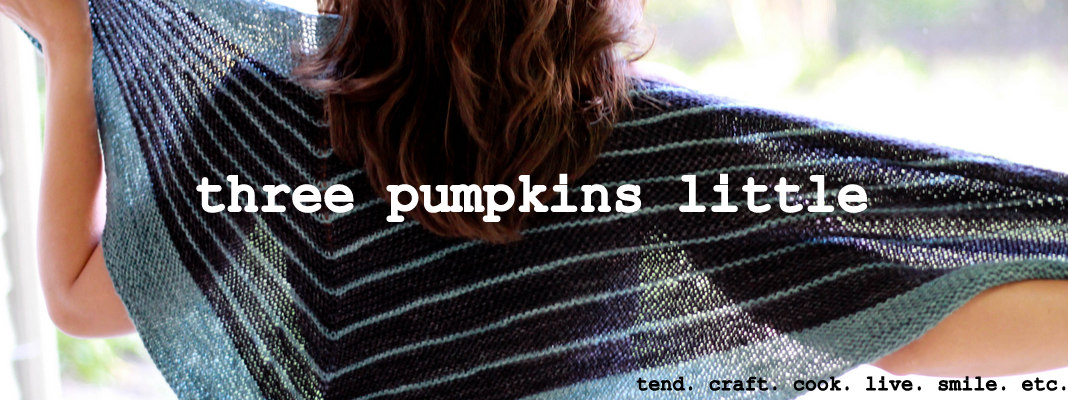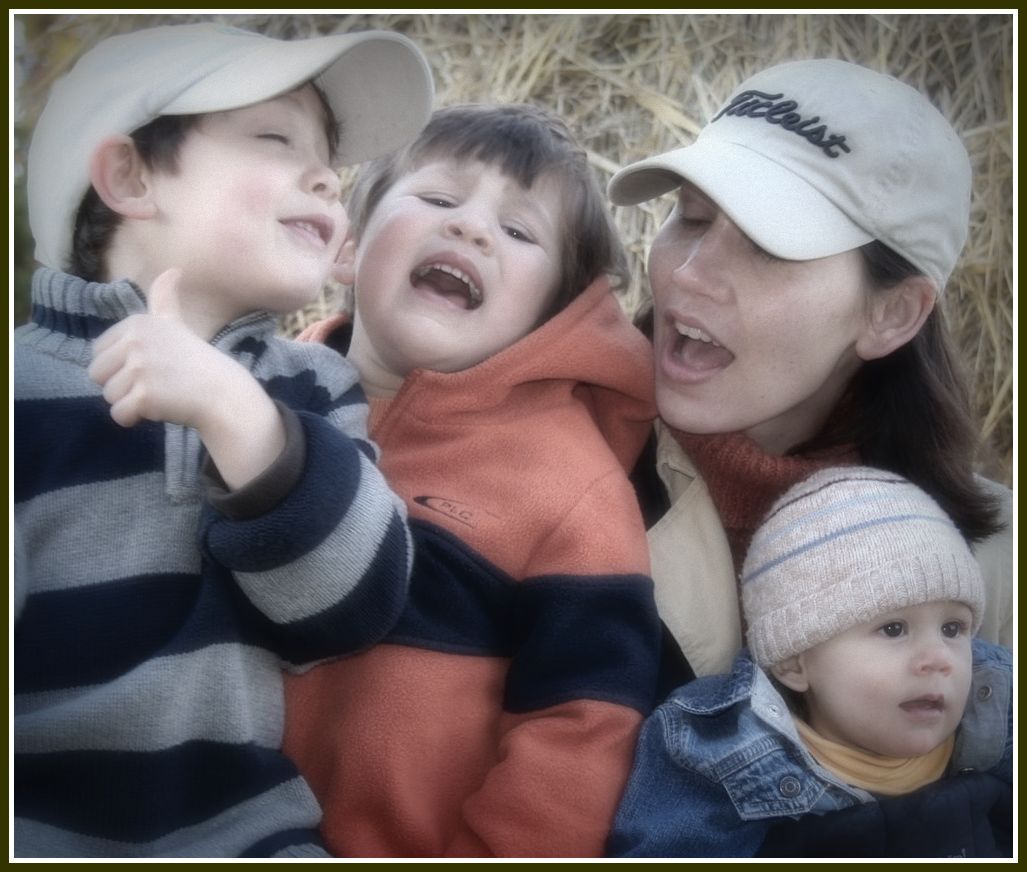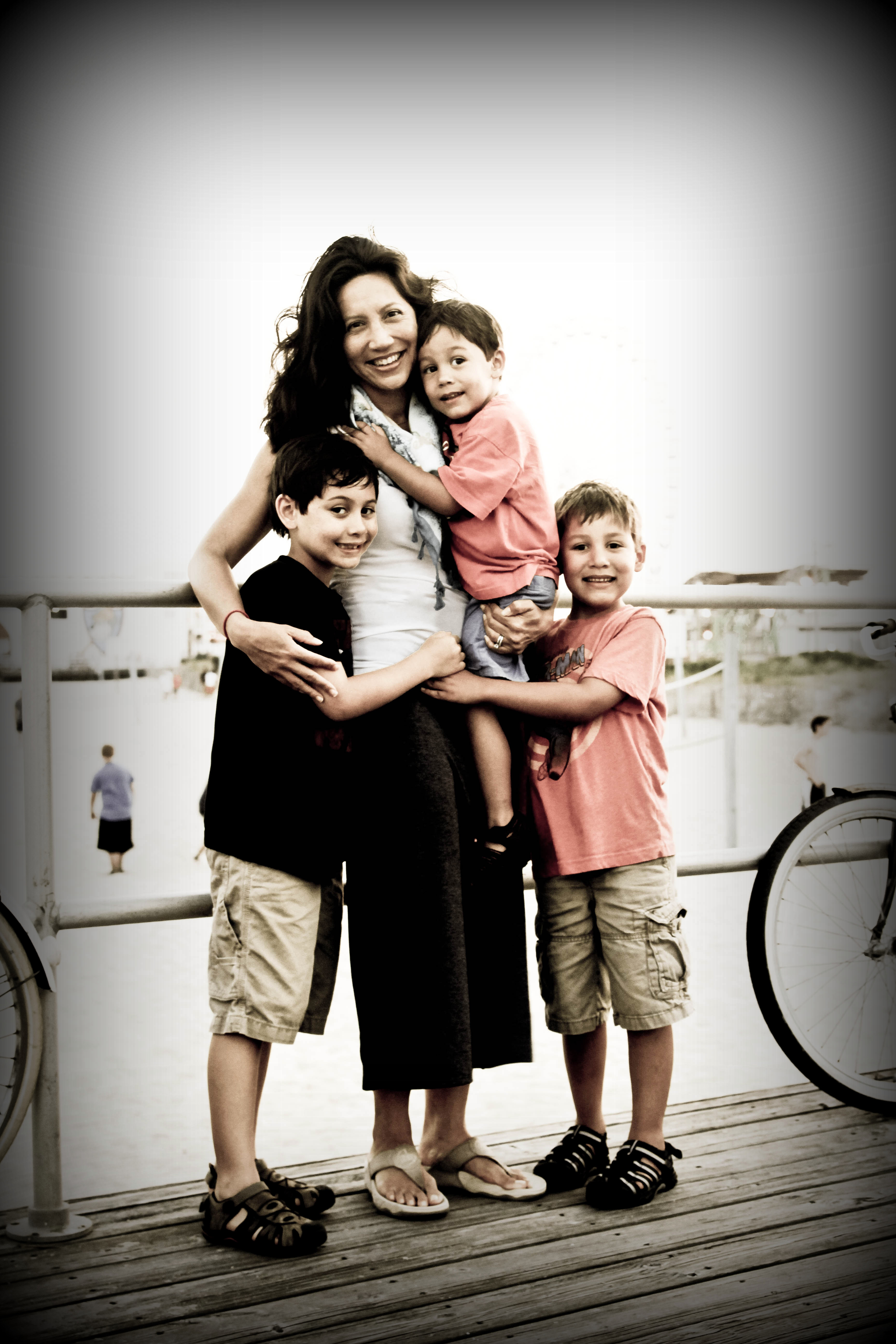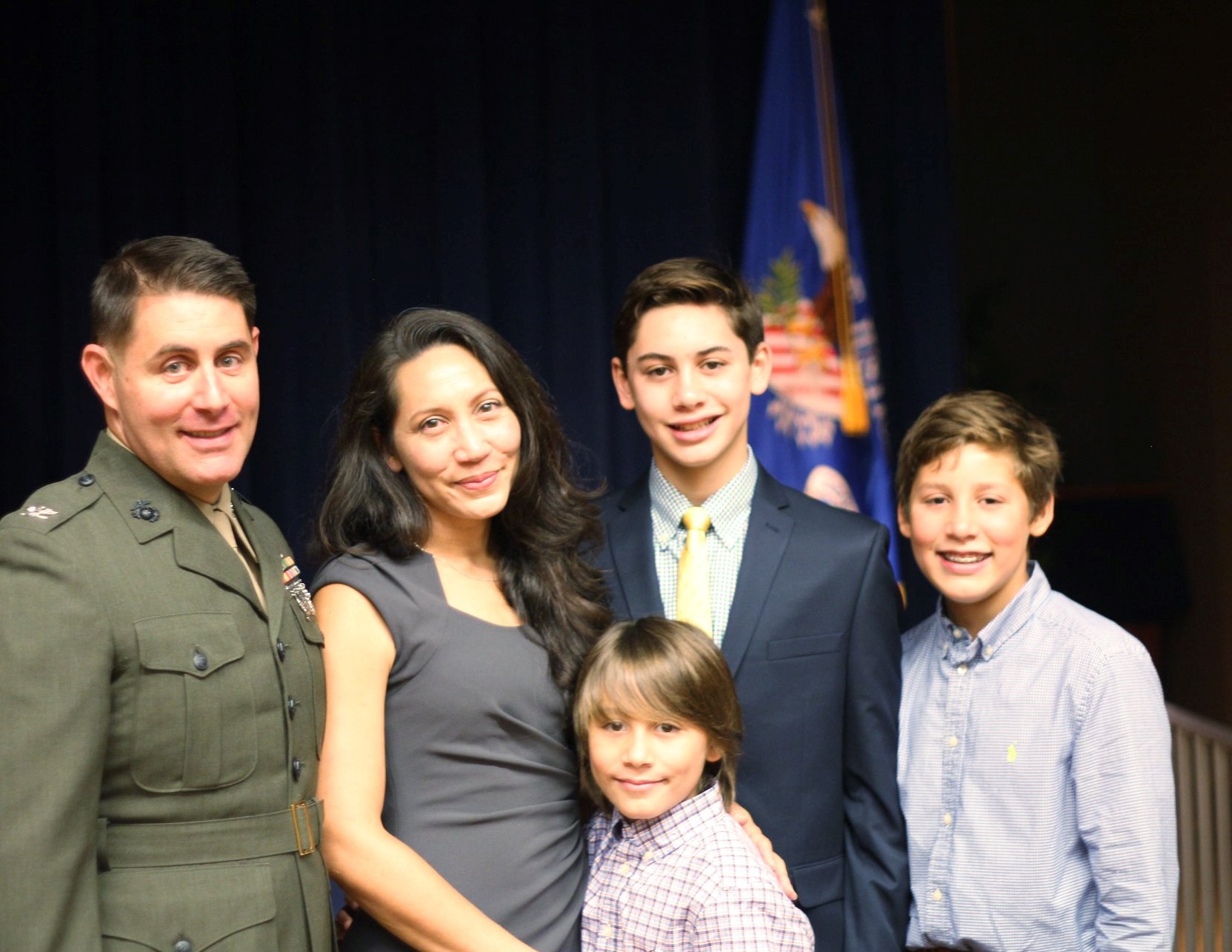More t-shirt embellishing.
 Monday, August 31, 2009 at 11:24AM
Monday, August 31, 2009 at 11:24AM Our oldest, Max, started first grade a few weeks ago. And according to him, it's much different than kindergarten. Every day when he gets home, he tells me it is really, really hard--the reading, the writing workshops, the lack of snack time, so on. Max generally handles whatever is thrown his way, so I'm surprised to see his new routine wipe him out each day. Often, he collapses and curls up on the couch for a few minutes as I get his snack ready. He always asks for one thing as he decompresses--his stuffed dog, Clifford. Clifford joined our family when Max was a baby and it quickly became his lovie. And although Max is in a proud "I'm a big boy, not a baby!" stage, he has not outgrown Clifford. He even gave Clifford a family--two baby Clifford children and another stuffed puppy for a wife. Here is a picture Clifford "took" of Max and Clifford's family after Clifford's wedding. Yes, there were invitations. And yes, I did the flowers.
Max's kindergarten teacher let the kids bring in special items to make the transition easier, so it was not uncommon for Clifford to hitch a ride to school in Max's backpack. But so far, there has not been an opportunity for Clifford to check out first grade. And I can assure you that Max is not going to suggest it because he thinks you don't do such a thing in first grade.
So, I took a red t-shirt that I picked up because I liked its weathered, washed finish, and machine stitched a familiar image onto it. This way, Max can at least take Clifford's likeness to school on any day he should want his faithful friend by his side. It makes us both smile.
I used my phone-book paper method, so see my previous post for a full tutorial. But in a nutshell, I traced Clifford's outline onto a sheet of phone-book paper. I pinned my paper onto the t-shirt, which was reinforced with some lightweight adhesive stabilizer underneath (because the fabric was super stretchy). I machine stitched a straight line (using a short stitch to perforate the paper) following my tracing. I ripped off the paper and then went back over the stitches with a tight zig-zag (I found if I zig-zagged directly onto the paper, it caught too much paper within the stitches). I used black fabric paint to fill in Clifford's eyes and collar. And as I post this picture, I see that I forgot to fill in his nose so off I go to remedy that.
 altered clothing,
altered clothing,  children's clothing,
children's clothing,  sewing | in
sewing | in  crafts,
crafts,  kids,
kids,  tutorials
tutorials 
















